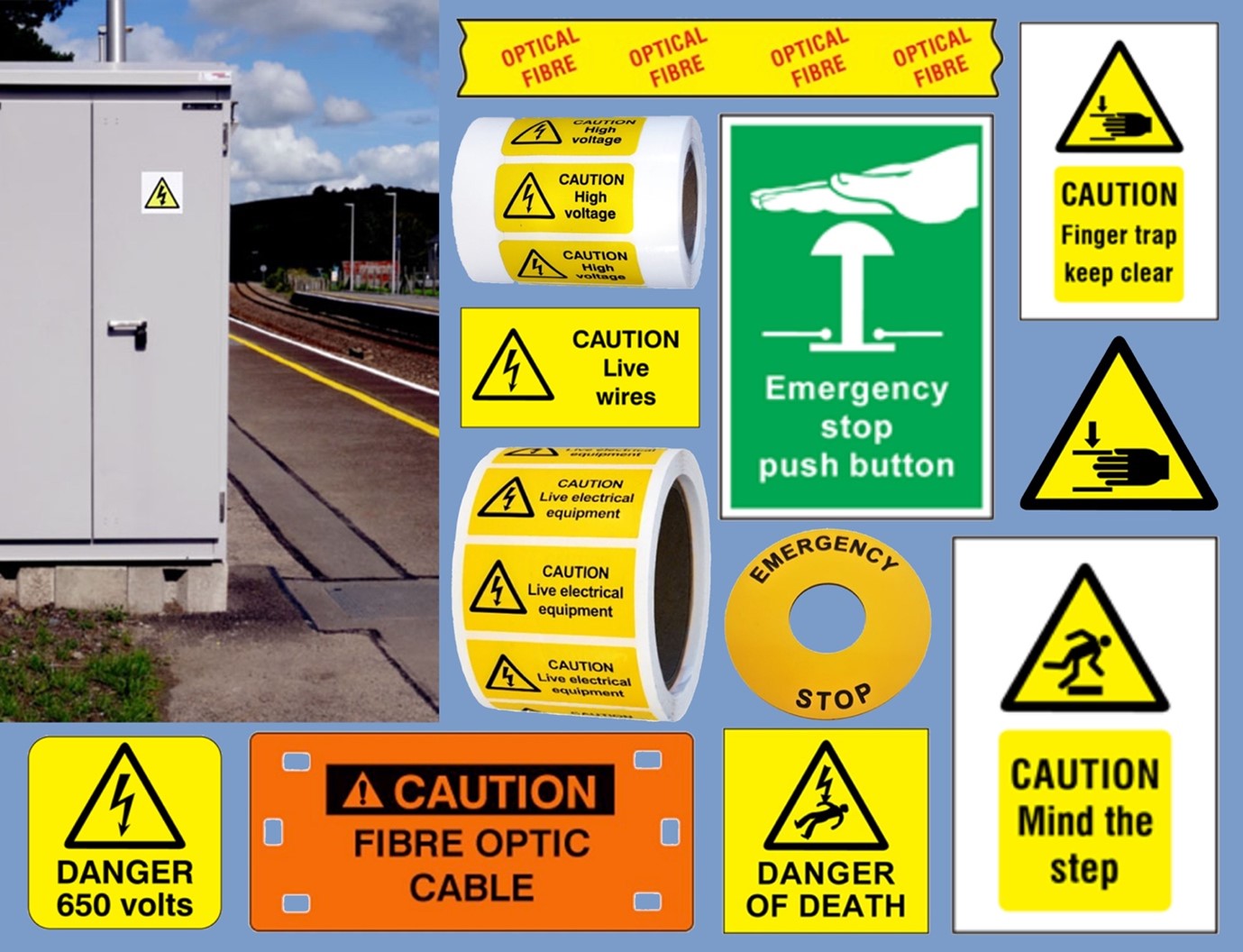
Britain is a country built on its railway networks. From transport to exports, railways are a major source of trade, business, jobs and tourism within the United Kingdom.
The importance of railways means there is a wealth of rail-specific legislation and health and safety powers. It goes without saying that railways are dangerous, so you need to know the specific laws in place.
Below, we discuss railway health and safety regulations, including the role of hazard labels and railway guidance.
Railway Health and Safety Regulations: What Does The Law Say?
Railway safety is covered by the Health and Safety at Work Act 1974. This governs the extent of powers safety legislatures have.
Complementing the Health and Safety at Work Act is the Railway and Other Guided Transport Systems (Safety) Regulations (ROGS).
ROGS is a hefty document that outlines the need for:
- Safety management systems
- Risk assessments
- Safety verifications
- Safety reports
- Managements for safety-critical work
A separate document - The Health and Safety (Enforcing Authority for Railways and Other Guided Transport Systems) Regulations 2006 (EARR) – outlines how ROGS is enforced.
It is a legal requirement to follow these railway health and safety regulations. There are also additional regulations covering the construction of railways under the Railway Safety Regulations 1999, which ensures all new railways have safety protocols created, for instance with railings and safety doors.
These regulations are the matrix of railways safety, and labels play an important role when it comes to following them.
How Hazard Labels Keep Railways Safe
Railways need specific safety and risk controls. If you look at an average railway platform, you’ll see labels warning of electrical hazards, signs detailing risks (and deterrents) of walking on the railways, as well as informational labels detailing things like staff rooms and refreshments.
These are all explicit signals which keep people safe. Specific examples include:
- Passengers must not cross signs.
- Emergency exit signs within trains.
- Overhead electric labels.
- Rail crossing signs.
- Trespassing warnings.
All of the above ensure a few key things:
- People know where the railway begins, the risks around it and the punishments associated with it.
- People are aware of secondary and tertiary risks, like live electric wires.
- Emergency exits and resources are signposted.
We’ve all heard the term “mind the gap”, but this phrase exists for a reason: railway stations and platforms can be highly dangerous places.
They may seem pretty tame, but whenever there are large transport vehicles and people together, safety must be prioritised.
In the past, and in certain countries where health and safety don’t exist, train stations were a much more dangerous place. Now, with safety regulations and labels, everyone can stay aware.
Labels and signs can be understood across language and cultural barriers, too, as they use recognisable signs as well as text. This ensures those who are travelling in a new country can remain vigilant without needing to understand the local language or customs.
Keep Railways Safe With Hazard Labels & Signs
Label Source can help with railway safety with our high-quality electrical hazard labels and signs which can aid with cable management and warning against live electrics.